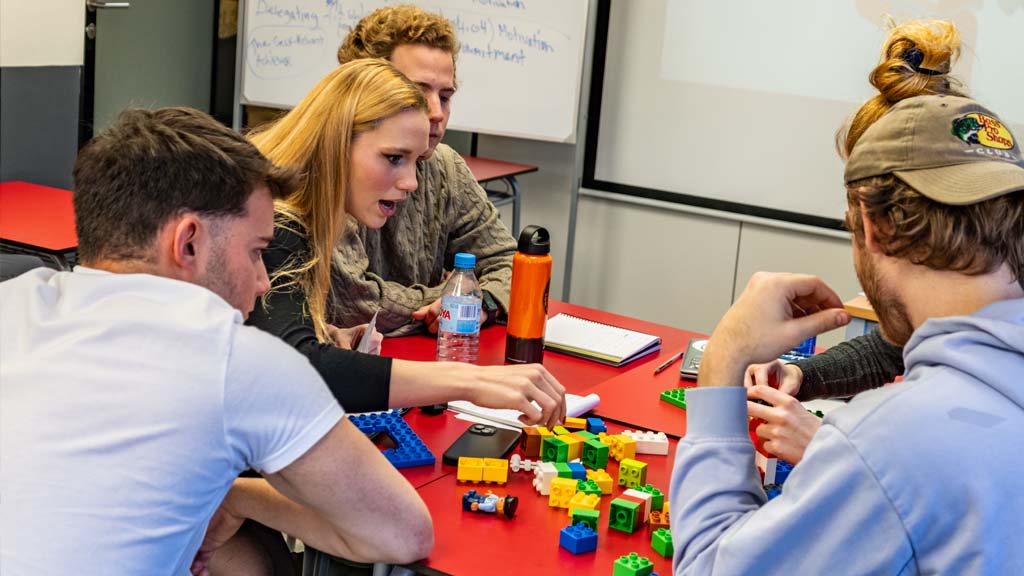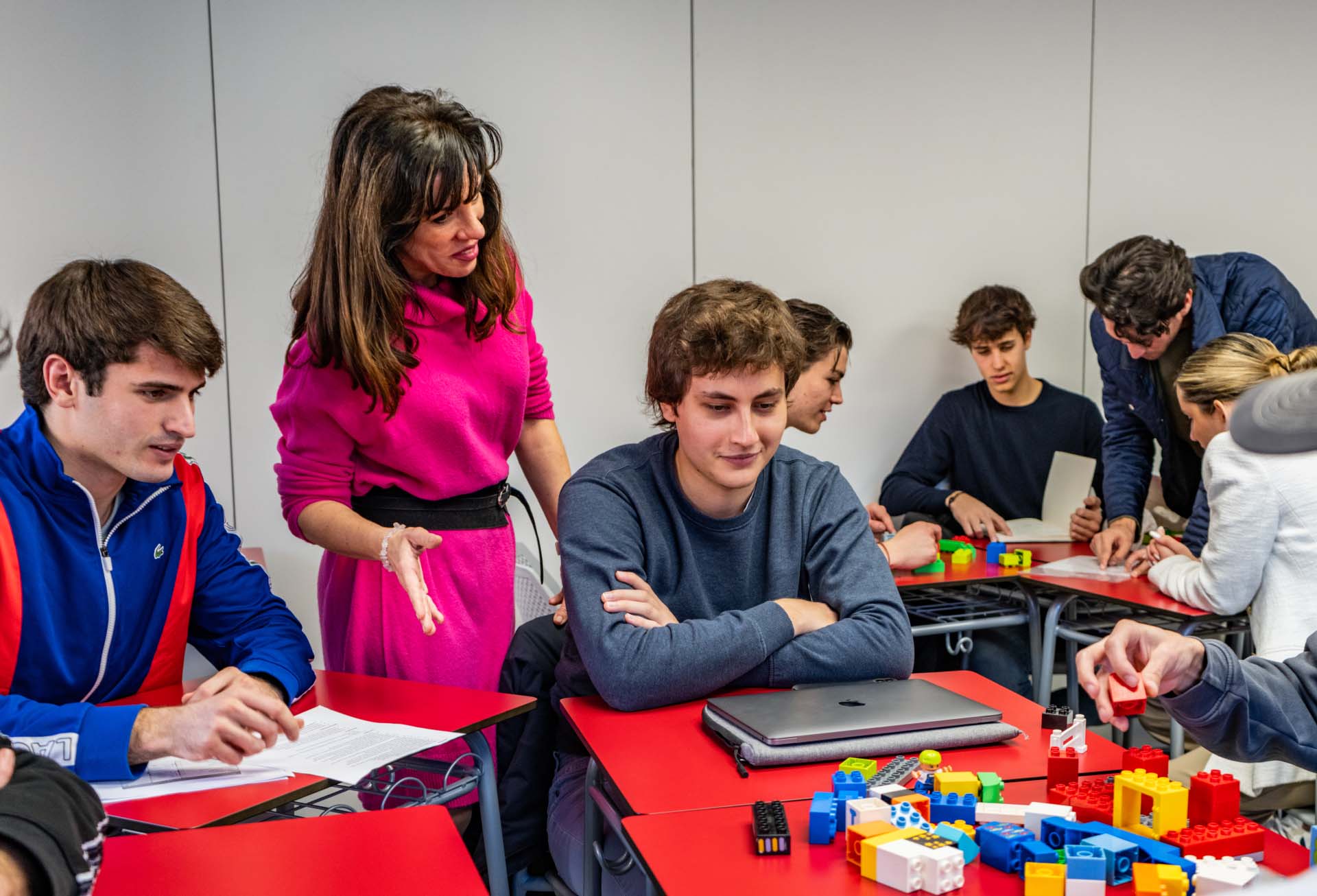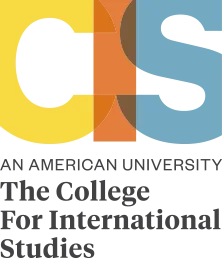Expectations at work and HR recruiters alike have changed dramatically in recent times.
Interpersonal or “soft skills,” previously of a lesser importance when compared with traditionally more technical knowledge, are increasingly more and more valued in the workplace. Personal characteristics such as empathy and cultural adaptability, or emotional intelligence and team management, can all be grouped together within a broader and highly valued modern trait: leadership.
In response to this need to develop leadership skills among younger generations, CIS University specifically offers the “Dynamics of Leadership” course taught by Professor Karyn Suárez.
As said by the professor, prior to fully diving in, it is important that students have an all-encompassing view of what leadership is all about:
- “That’s why we divide the course into three interrelated areas: I teach them the “Who”, “What” and “How” of this quality necessary to successfully lead people and teams.
In the “Who” portion, it is important for students to analyze and explore the stories of great leaders from the past, as well as traits they might have in common. In the “What” portion of the course, I ask students to understand the aspects of what leadership really is, including varying styles of leadership. Finally, in the “How” portion, the overall goal is for students to learn how to develop skills and strategies to become effective leaders and be able to apply what they learned in order to lead teams themselves in the future.”
One of the most impactful aspects of this course is the application of knowledge through the creation of joint projects via building things using LEGOs®.

The “Leadership through LEGO® Blocks” classroom activity is designed to enhance students’ understanding of various leadership styles and their importance in building effective teams. During the exercise, each team is guided by a leader who embodies a different style (direct, communicative, mentoring or supportive) in order to bring the team together in order to work toward the collective goal of building a structure.
This literally hands-on approach allows teams to observe firsthand the impact a leader can have, either by facilitating progress or by delaying it. This lesson provides added value for students, especially considering that inadequate leadership can be a common stumbling block to early career development.
Through this combined learning by doing technique, CIS University is once again committed to quality and educational innovation through immersive team dynamics.

